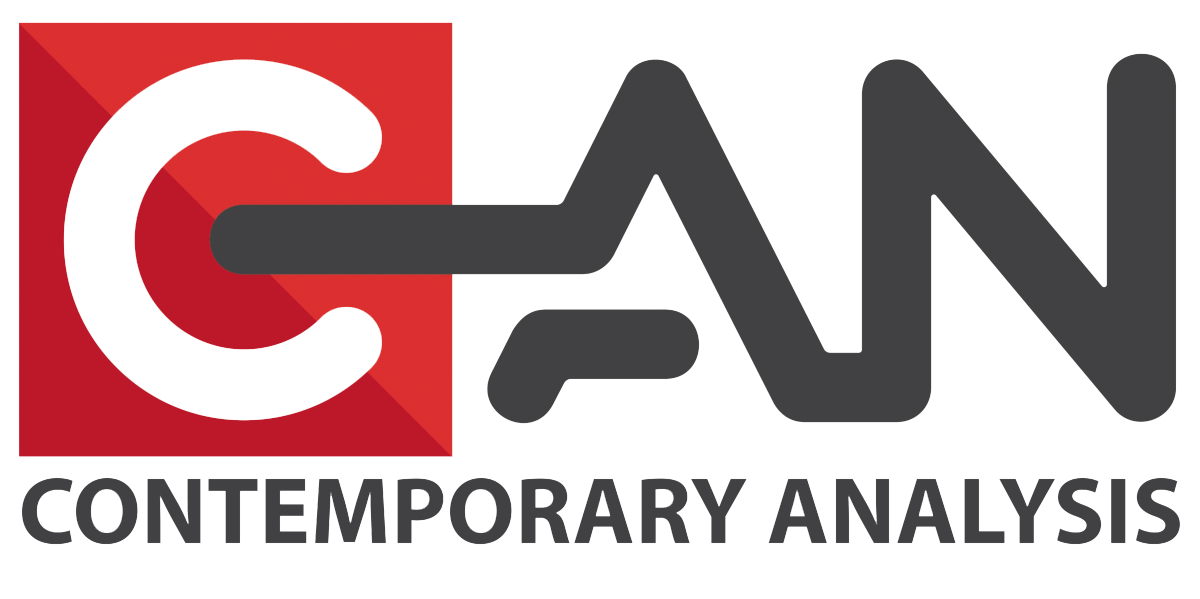Data is no good if you can't get it quickly enough and act quickly enough on it. Its all...
News
read more
Missiles, the NBA and Predictive Analytics
Ask any Cubs fan. Sometimes life just isn’t fair. Conventional wisdom in sports says...
What does a CEO do?
I overheard someone the other day telling their friend that there was no way their CEO...
Why We Outsource
Companies tend to outsource things that they don't consider important or a competitive...
Data Science in the NFL: Finding the Right Players and Strategies
Who are the best NFL players and why? This is a question that NFL teams want to answer,...
New Addition to the CAN Offices
In the past 7 months Contemporary Analysis has expanded from 4 to 20 employees, and will...
Innovate with CAN
At Contemporary Analysis, we want help you to be able to innovate. We allow our clients...
The Future of Enterprise IT: Tasks & Tools vs. Command & Control
In the past 7 months CAN has expanded from 4 to 20 employees. We have always been...
Formula 1 and Predictive Analytics
A couple weeks ago, I discussed the use of predictive analytics in the transportation...

